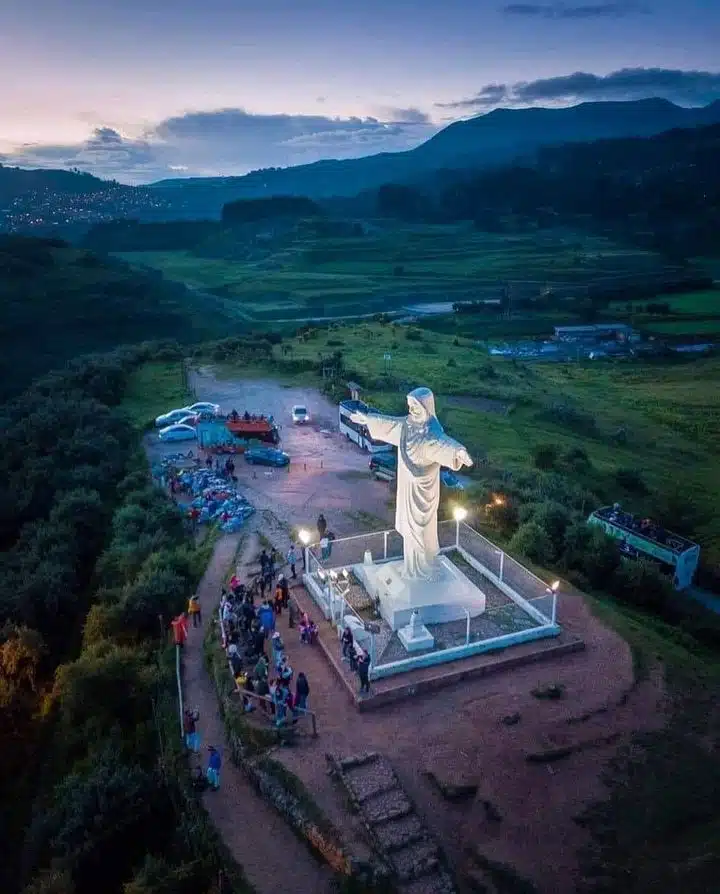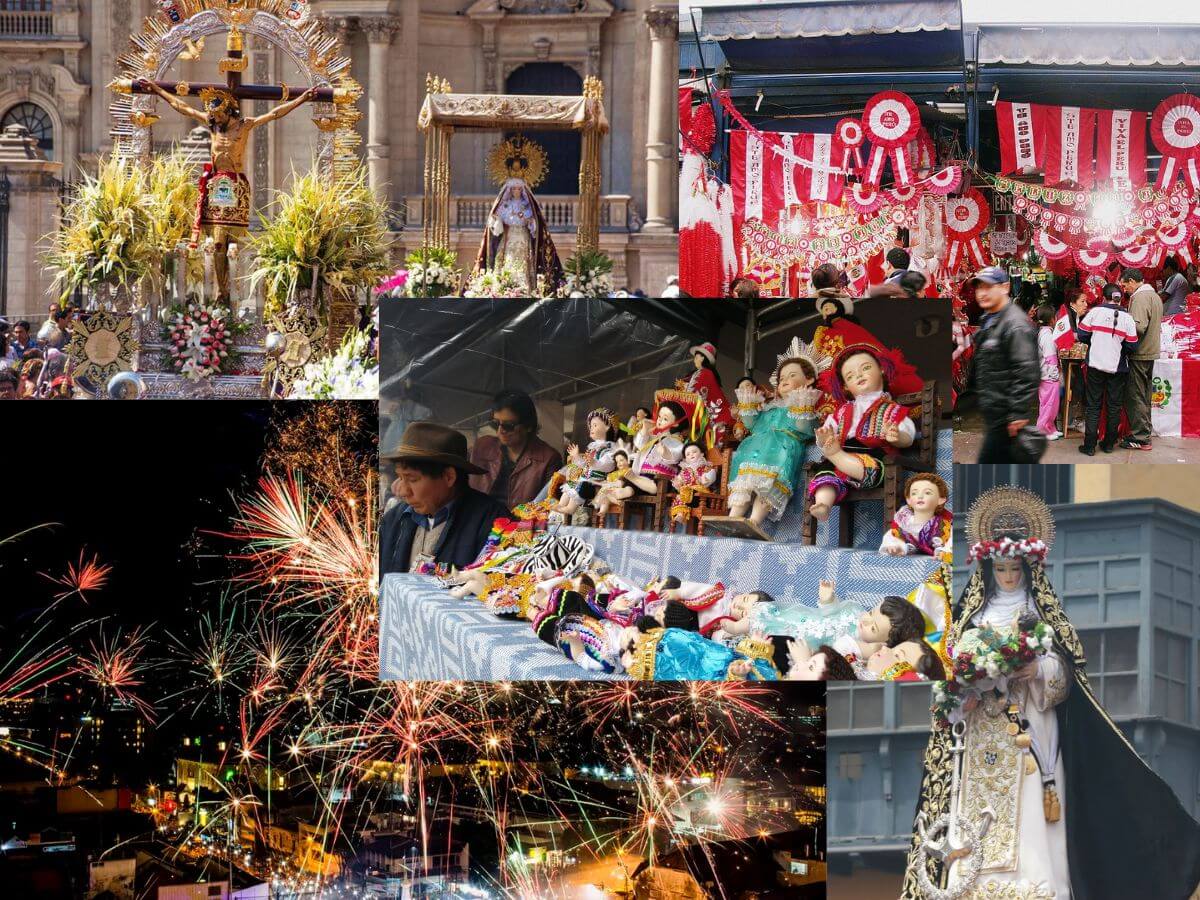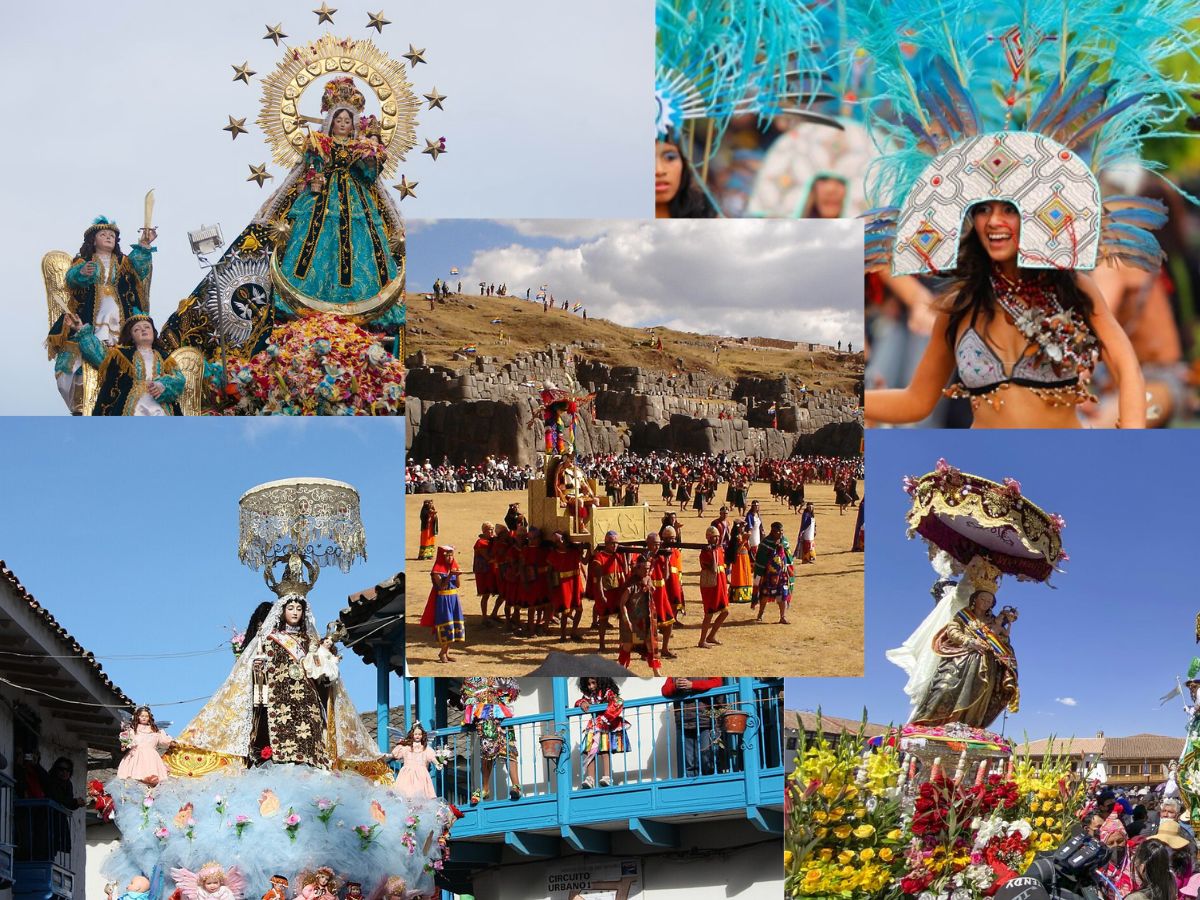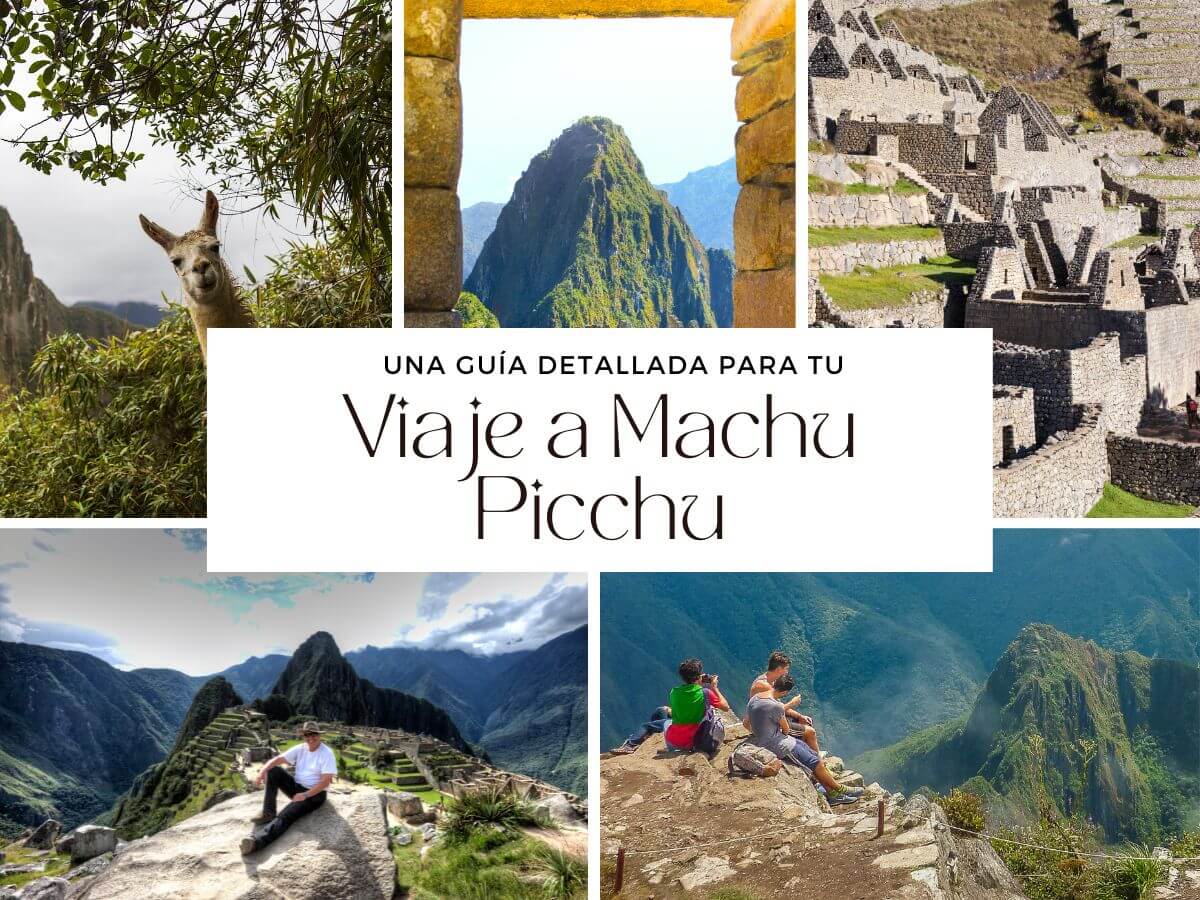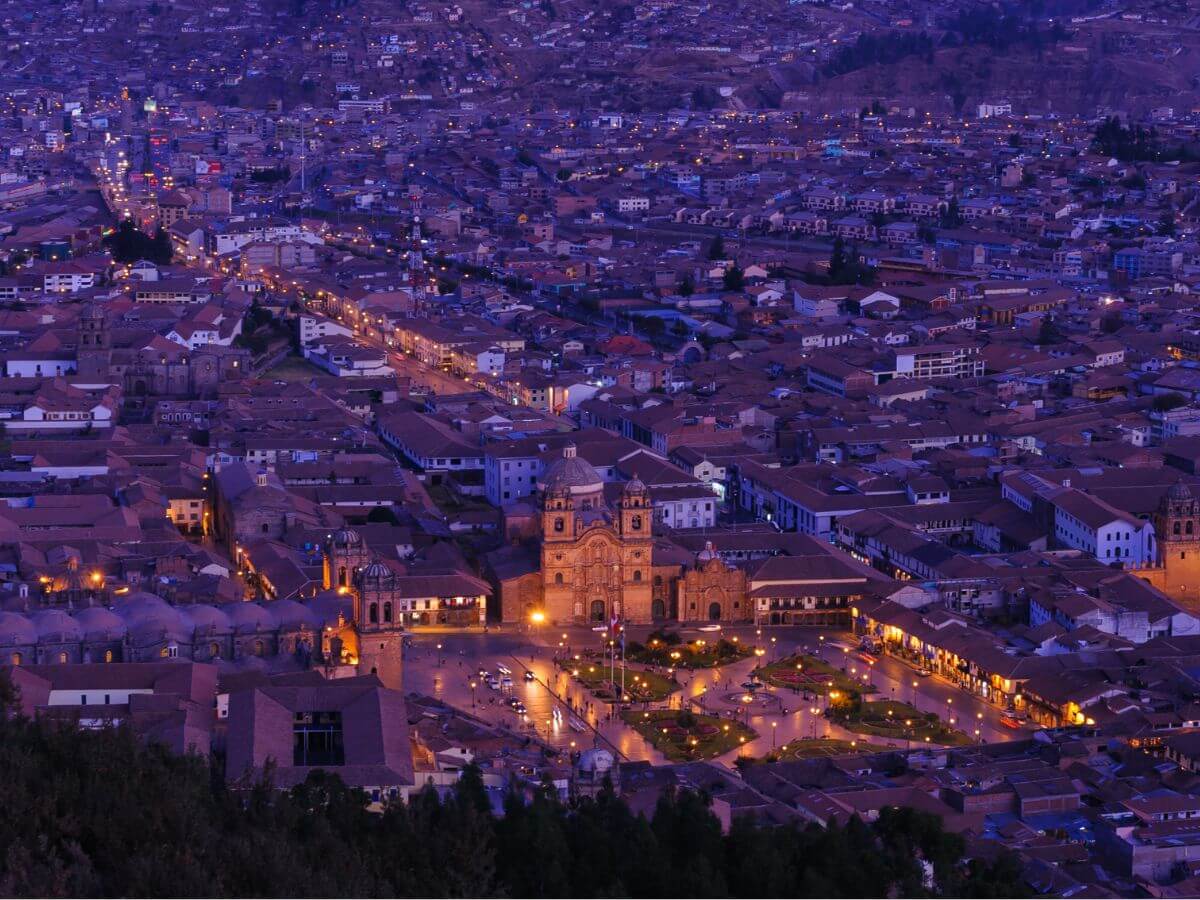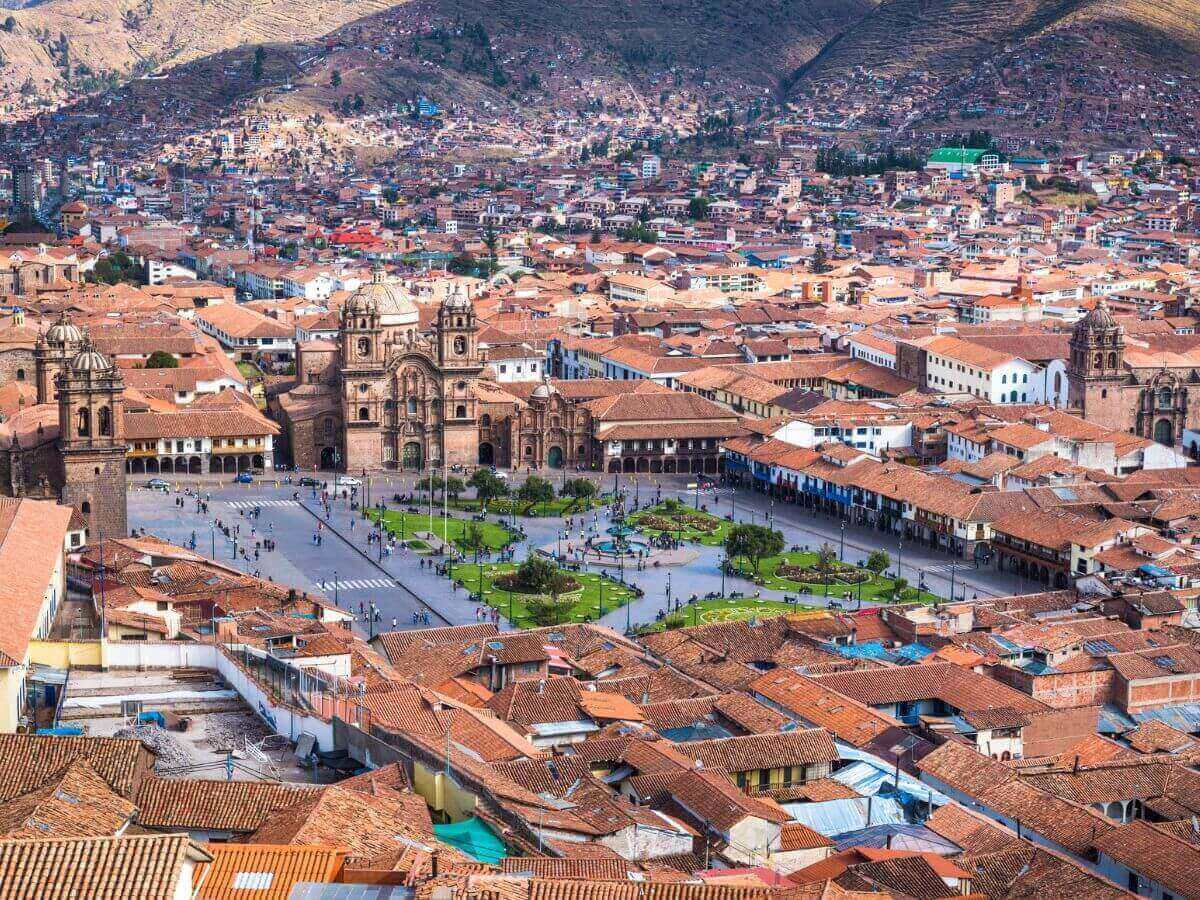History of Sacsayhuaman: The Inca Fortress of Cusco

DOWNLOAD THE POWER POINT VERSION TOTALLY FREE!
[sociallocker] https://docs.google.com/presentation/d/1cqfEnGOROAN_dZQiwn7iiB7EI7O_It-Vy05WGUXl3jY/edit?usp=sharing[/sociallocker]
| Sacsayhuaman | |
| Location | Province of Cusco 4 km from the center of Cusco |
| Distance from Cusco by car | 20 minutes approx. |
| Walking distance from Cusco | 1 hour approx |
| Ticket cost | Included in the Partial Tourist Ticket for 70 soles |
| Weather | cold |
| Activities | Horseback riding in the surroundings, visit of the archaeological complex of Sacsayhuaman. |
What is Sacsayhuaman?
The Sacsayhuaman Fortress or “Saqsaywaman” is an Inca archaeological site whose construction dates back to the 15th century. It is one of the most incredible Inca empire buildings in the world.
Sacsayhuaman Cusco has a total area of 3,000 hectares and houses a great variety of Andean flora and fauna, located two kilometers north of the city of Cusco.
This Inca architectural achievement represents a magnificent building since it is the most extensive ceremonial center built by the Incas during their empire. Its enormous walls weighing more than 120 tons and its unique architecture place it as one of the greatest treasures of the Inca heyday.

What does the word “Sacsayhuaman” mean?
The name of Sacsayhuaman comes from a compound Quechua word. Sacsay (saqsay) means gorging and huaman (waman), hawk. “Place where the falcon is fed” is the most common term used to refer to the archaeological complex of Sacsayhuamán.
The falcon is a characteristic bird of the high Andean valleys, in addition, it was the protective animal of the first Inca Manco Capac, for which homage was paid to him using his name for the building.
Who built Sacsayhuaman?
Its construction was started by the Inca Pachacuteq in the 15th century and was completed by Huayna Capac in the 16th century. In 1536, Manco Inca, who was the leader of the Inca resistance of Vilcabamba, fought the Spanish in this compound.
As a result of this battle, today you will only be able to appreciate 20% of the archaeological complex.

What was it built for?
Although many people may consider Saqsayhuaman an Inca fortress, it was actually built for ceremonial purposes and as a temple of the Sun.
Strength
Currently, Sacsayhuaman Cusco is the setting to celebrate the most important ancestral festival in Peru, the Inti Raymi or “Fiesta del Sol”.
La Fortaleza is a cyclopean construction of Inca architecture. The walls are made up of huge stone blocks that reach up to 9 meters high, 5 meters wide and 4 meters thick, the largest is estimated to have a weight of 125 tons.
The platforms are an average of 360 meters long and are connected by stairways and access doors.
The Inca’s throne is surrounded by rocks that dominate the esplanade and the “rodadero”, located on the same plateau.
History of Sacsayhuaman
Around the year 1450, Pachacutec, the ninth Inca ruler, ordered the construction of a vast sanctuary to begin, where the celebration of the conquest victories of his son Tupac Yupanqui would take place.
The labor of more than 20,000 men who came from different parts of the empire from the mita system was necessary. These men had to transport the huge blocks of stone from various quarries in Cuzco and fit these blocks perfectly, so that there was no space between rocks.
The architecture of this center is part of a great design carried out by Pachacutec, who, when drawing the plans of Cusco, sought to give the streets the shape of a puma, an animal representative of Kay Pacha.

How to get to Sacsayhuaman?
Getting to Sacsayhuaman is undoubtedly one of the frequent questions that tourists ask themselves when they arrive in Cusco. Here are some alternatives to get to this impressive archaeological site:
1. Getting to Sacsayhuaman walking
You can do it from the main square of Cusco, going up Suecia street and following the route through Resbalosa street; turn right after the San Cristóbal church and follow the road that will lead you to the archaeological site of Sacsayhuaman. It will take you about 30 minutes of walking to reach the complex.
2. Getting to Sacsayhuaman by taxi
From the Plaza de Armas of Cusco you can take a taxi that will take you to the same archaeological site. In the same way, you will find return taxis.
With this option, you will have plenty of time to get to know Sacsayhuaman.
3. Getting to Sacsayhuaman on a City Tour
All agencies that offer tours in Cusco have this option at your disposal. This way you will know more archaeological sites that are around Sacsayhuaman. The entrance is with a tourist ticket from Cusco.
You can visit Sacsayhuaman and other amazing archaeological sites with the City Tour Cusco that we have for you. For more information, click here.
Entrance to Sacsayhuaman
Whether you plan the visit on your own or with a tour from a travel agency like Machu Picchu Peru Tours, the entrance to Sacsayhuaman will always be the same, using the Partial Tourist Ticket. We can buy these income at the entrance of the archaeological complexes or at Av. El Sol 103, the cost is 70 soles.
What will you see in Sacsayhuaman?
The incredible view you have from the archaeological complex of Sacsayhuamán is truly sensational. From there, you can appreciate the panorama of the city of Cusco; You will also see the peaks of Ausangate, Pachatusan and Cinca that were considered sacred to the Incas.
Sacsayhuaman has very amazing places, most of them with stories and meaning of the Incas. Like Machu Picchu, this archaeological complex is one of the places in the city of Cusco that should be included in your list of wonderful destinations to visit in Peru.

The towers
They are located on the zig zag walls. They are called Muyucmarca, Paucamarca and Sallaqmarca. This place had abundant water. Even now you will be able to see the aqueducts around the Fortress.

The walls
Historians claim that the first Spaniards who saw these walls attributed their construction to demons. Even today, its making remains a mystery.
The first floor of the bastions presents the largest walls. The largest weighs up to 128 tons.
Due to this and many other formidable constructions, Sacsayhuaman has earned the title of one of the most mysterious places on the planet.
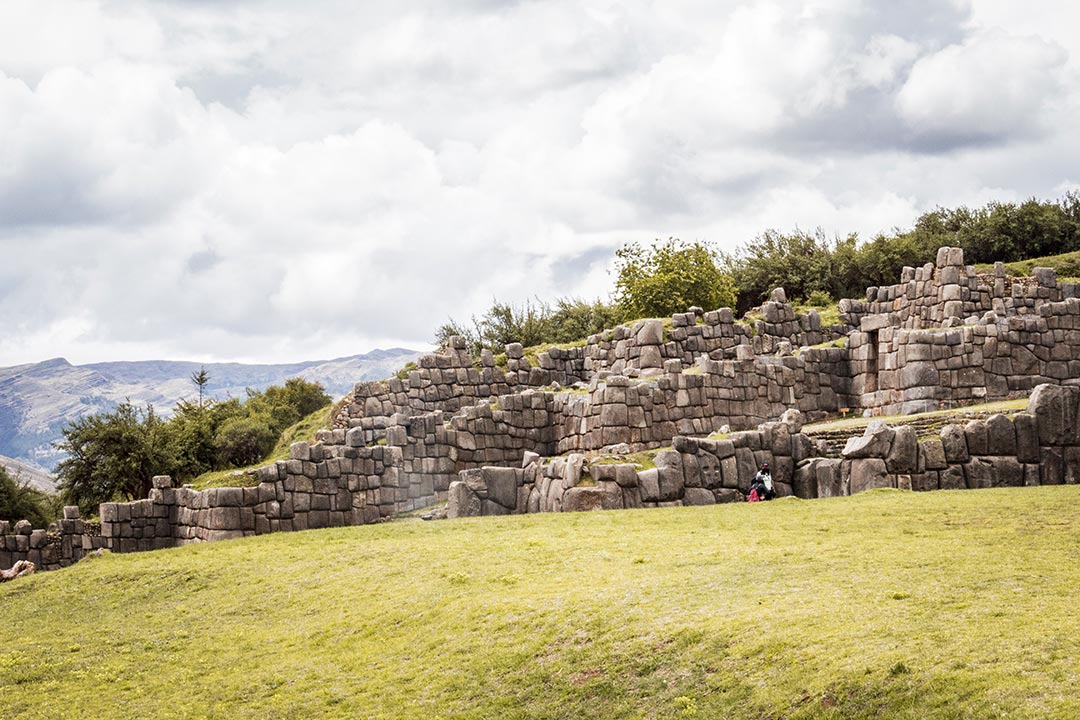
Suchuna or Slides
The rodaderos are a natural formation of diorite of volcanic origin. Over the years, it was molded into an arched shape as a slide (slide).

The Throne of the Inka
It is a stone structure in the form of a seat or bench. They were symmetrically polished with such perfection that they earned the dimension of ‘Throne’.
Chincanas or Tunnels
The ‘chincanas’ are underground tunnels or caves in Sacsayhuaman. There are two of them, the smallest one measures around 15 meters and has become a distraction for travelers.
According to tradition, many people tried to find the end of the biggest tunnel without success. Some even didn’t make it out. It is believed that this tunnel leads to the Coricancha or Temple of the Sun.
Currently, the entrance to this chincana is closed.
Sacsayhuaman is listed as one of the most important and infallible tourist sites in Peru on your trip. Its mysterious and perfect buildings will wrap you in a magical place.

A plus near Sacsayhuaman: The white Christ
The white Christ is a beautiful white statue located on the Pukamoqo hill, donated by the Palestinian Arabs who migrated to this part of Peru as a refuge after the Second World War. The appearance of the effigy is very similar to the Christ the Redeemer of Rio de Janeiro in Brazil, like this with his arms outstretched in the air. This is a much smaller version but it also retains its own charm.
According to Inca legends, it is known that the Pukamoqo hill was a site dedicated to spirituality. This urban myth refers to the ground that you step on when you arrive at this tourist attraction, contains samples of the four suyos of the Inca Empire, we are talking about the Tawantinsuyo. This fantastic tourist destination is a must stop for tourists arriving for the first time in Cusco, there is no entrance fee and being on a high site, it is considered a strategic viewpoint.
